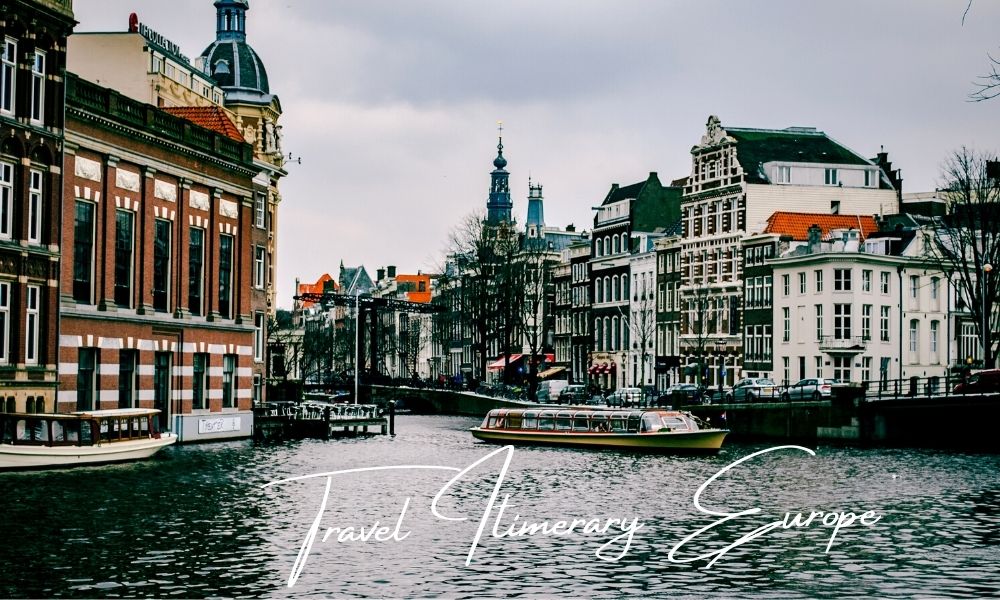
How to plan travel to Europe once travel restrictions are lifted
By jmarble on Sun, 01/10/2021 - 19:02
Traveling smartly and safely while exploring Europe’s treasures
Europe may be off limits for now, due to the pandemic restrictions. But North Americans can daydream now for what will surely be amazing adventures in Europe once the restrictions are lifted. When European borders open to US, Canadian and others, travelers can make the most of the cultural bounty Europe has to offer perhaps with a new focus on avoiding big crowds and enjoying some wide-open spaces or off-the-beaten-path treasures. Travel to Europe―whether France, Spain, Greece, Germany, Italy or dozens of other inviting countries is on the agenda for late spring, summer and fall of 2021 of millions of tourists who have had their plans on hold for months.
How can I find hotel accommodations on a budget?
Sleeping accommodations is a fast way to burn through your travel budget but planning for some budget-friendly options can leave more for other indulgences. Family-owned B&Bs are cute, often more affordable, and generally friendlier and warmer than larger hotels.
Be creative with dining choices in Europe
One of the biggest draws to travel is taking in the culture by means of joyfully stuffing your face with culinary delights. Indulgent dining can be an expensive part of travel. There are a few ways you can save when you plan your dining itinerary, while uncovering some lesser-known eateries in Europe.
- Eat where the locals do. Touristy restaurants (the ’we speak English’ sign might be a tip-off) are known for higher prices. Get a better feel and a better price for the local experience by eating at smaller, local places. It doubles by adding an air of authenticity to your travels.
- Don not overtip. Service fees are often included on your bill, and over tipping can even be interpreted as insulting. If you receive particularly good service, leave a euro or round up the bill.
- Hit the market. Save on a meal out every now and again and visit a local market. You can find interesting provisions including local cured meat, artisan breads, cheese, produce, nuts, pastry and excellent regional wines. Then head off to have a picnic along a meandering river or perched on your balcony.
- Get the special. Choose seasonal items and those that are local to get a flavor of local food and regional preparations.
What are the best ways to explore in the city or out in the countryside?
Public transportation is a solid option in cities, but if you are trying to avoid the crowds or go to more remote locations, a rental car might give you the freedom to explore farther and blaze your own trail. Avoid keeping a car if you are in the bigger cities, mostly because parking and traffic can be challenging.
Walking is a wonderful way to take in the sights without splurging on taxis, and who knows? You may even find a little hole-in-the-wall bookshop or restaurant you won’t ever find in a guidebook.
Should I travel to Europe off-season?
One classic piece of advice for travelers seeking more affordable or less crowded Europe is to travel off-season. But what does that really mean? Travel experts generally break the year into three travel seasons:
- Peak season – June to August; also known as the high season throughout Europe
- Shoulder season – Either side of the peak season; April, May, September, and October
- Off season – November to March
How can I save money on flights to Europe?
Airfare from the US and Canada is typically much lower in the off-season―sometimes by hundreds of dollars―with the exception of during holiday periods. Fewer people travel in the winter so savvy tourists can find discounts for accommodations, attractions, and rentals. Off-season in Europe often means delightfully uncrowded experiences can be had at tourist attractions. The opposite of course is true for winter resorts which enjoy high season in winter months.
What countries are the most budget friendly?
Some of the most popular and well-traveled areas of Europe are also the most expensive. France, Germany, and Spain, among others, are known for steep prices, especially in larger cities like Paris and Barcelona. However, not all of Europe is considered expensive to visit. You can still find the amazing food, art, culture, and recreation in darling spots off the beaten path. Consider travel to Hungary, Slovenia, Iceland, Portugal or Croatia.
Social distancing without FOMO
2020 is the Year of Social Distancing, and sometimes making your own path and going to remote locations can add to the adventure. Get creative with your travel plans and visit small towns, parks, and out-of-the-way attractions to get some breathing space away from the crowds.
Be prepared for new European travel documentation
ETIAS is on its way.
Part of planning your international travel itinerary means knowing what documents to bring with you. The European Travel Information and Authorization System (ETIAS) is going to change the way Americans travel to Europe. Starting in late 2022 or early 2023, all US, Canadian and those travelers from dozens of countries will be required to apply for pre-authorization in order to enter the Schengen area of Europe. While you wait and dream dreams of a European adventure, stay up-to-date on ETIAS and other travel news by bookmarking our blog for travel updates.
Learn more about What you will need to know when traveling to Europe.










